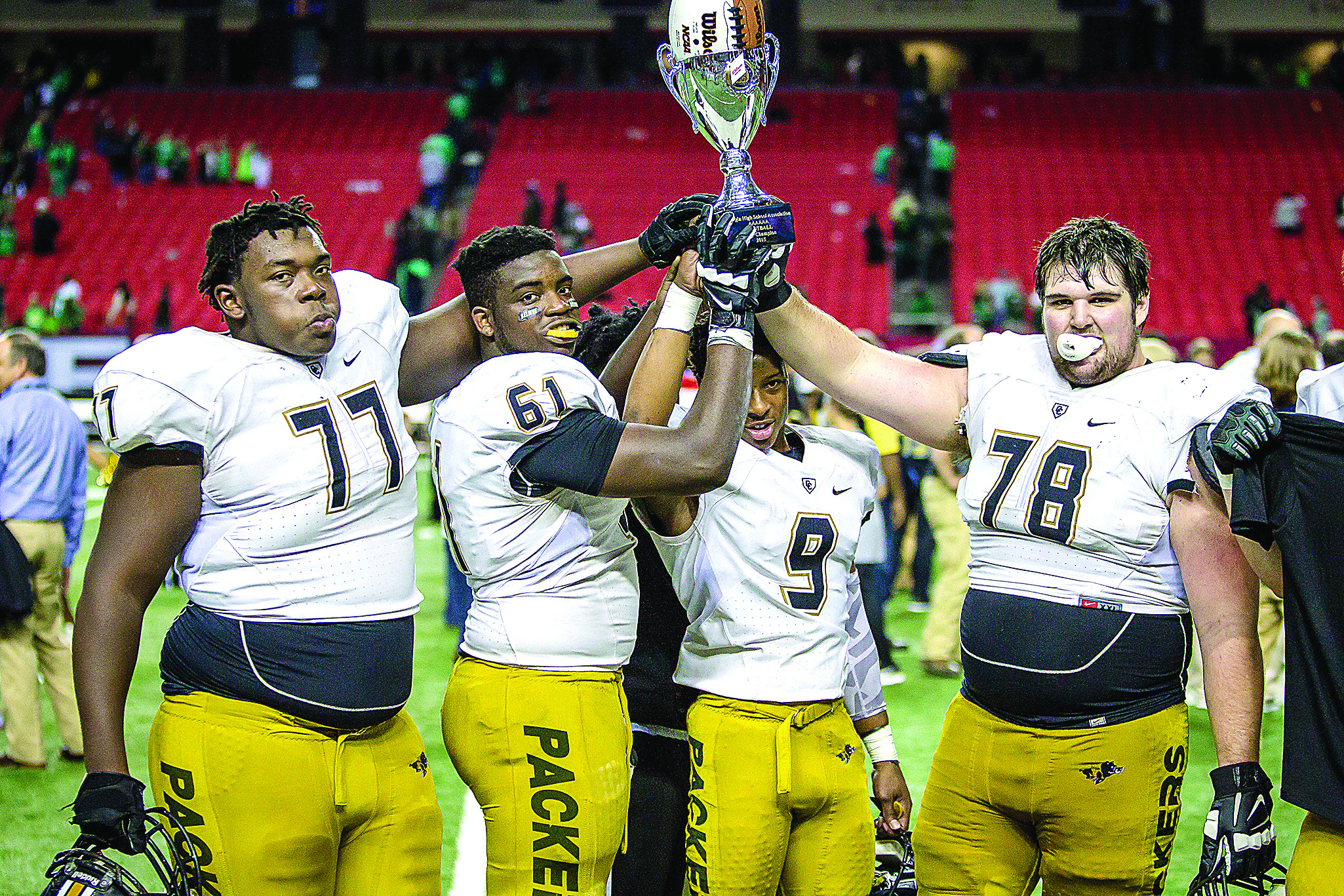Could 7-on-7 solve spring workout dilemma?
Published 6:55 pm Tuesday, May 25, 2021
Normally, the spring in the NFL is very regimented.
There are rules for when players can return to team facilities, how many practices can be held, how long they can last and even what type of drills can be run and who can participate.
Trending
Specific schedules can vary by a week or two from franchise to franchise, and extra time is allotted for teams with new head coaches. But, for all intents and purposes, the offseason programs across all 32 franchises share very similar sizes and shapes.
It’s orderly and official. Except in 2021.
This year, it’s chaos.
Some teams have canceled the three-day mandatory veteran mini-camps that have long been a staple of June. Others aren’t planning to hold any practices outside of that three-day event.
The NFL Players Association has recommended its members skip all voluntary work and save the wear and tear on their bodies. At the heart of the dispute is the 17-game regular season that will be instituted this fall for the first time.
Players reason things went pretty well for the league a year ago with no offseason work for any team until training camp because of precautions related to the pandemic. Among the primary counter arguments from team front offices is a need for roster competition. Young players – particularly undrafted free agents – need as many opportunities as possible to catch the coaching staff’s eyes and prove their worth.
Trending
But where is the middle ground? Seven-time Super Bowl champion Tom Brady undoubtedly doesn’t need to throw passes against air in May to be ready for the regular season. On the other hand, some of the receivers hoping to be on the other end of those passes need all the reps they can get.
The players have used other sports – particularly the NBA – as evidence for their argument. There’s little offseason activity in any sport other than the NFL between the end of the regular season and the start of training camp.
But the NBA could offer an idea for a compromise.
Basketball has long featured a “summer league” played at a centralized site. LeBron James is not a participant. Instead, the league is comprised of rookies, undrafted free agents and other players trying to find a foothold in the association.
Why couldn’t a similar concept work in the NFL? Sure, it would not be a perfect translation.
Contact would have to be minimal. Much of the physicality of the game can’t truly be replicated until the exhibition season begins. But that’s true of traditional offseason training activities as well.
It’s been years since full pads were used during the spring, and practices are run at a more deliberate pace.
Perhaps 7-on-7 is the answer. The format has exploded in popularity during the high school offseason, with tournaments being held nearly every weekend in the spring and early summer.
It doesn’t do much for offensive or defensive linemen – who would not participate – and the running game is not existent. Again, that’s not much different than typical spring workouts, where full tackling is not allowed.
The first question would be who is eligible to participate? And the current practice squad rules offer a convenient guideline.
Players who have been on the active roster for fewer than nine regular-season games are eligible. There are also four exemptions per team for players with no more than two accrued seasons of service time and two exemptions per team with no limitations. Add in “tryout” players who could be signed to contracts specifically for the 7-on-7 season, and teams shouldn’t have any problem filling out their rosters.
Young players will have a chance to perform in a competitive environment, and the benefits could extend to the sideline. Head coaches rarely oversee their teams in the NBA summer league. That duty falls to an assistant.
The same could be true in the NFL, giving up-and-coming assistants the opportunity to call plays and gain experience in a unique format.
It also would help the league accomplish one of its primary offseason goals. The NFL loves to schedule “events” of some sort during each month of the calendar year. That’s why the annual scouting combine falls in February, free agency opens in March and the draft comes along in April. May and June have traditionally been reserved for offseason training activities and mini-camps.
The 7-on-7 season could fill some of those gaps. Tournaments could be played each weekend with regional opponents, and perhaps a season-ending event with the top 16 teams could serve as the capper. Rookie quarterbacks could participate in select tournaments, allowing Jacksonville Jaguars fans – for instance – to get an early look at No. 1 overall pick Trevor Lawrence.
But most of the spots would be filled by journeyman and undrafted players trying to make a name for themselves. Don’t think the NFL could turn that into a TV event? Remember, this is the league with a multi-hour prime-time special to announce its schedule.
A 7-on-7 league won’t cure all the league’s offseason issues. But it seems like a good enough place to start.





